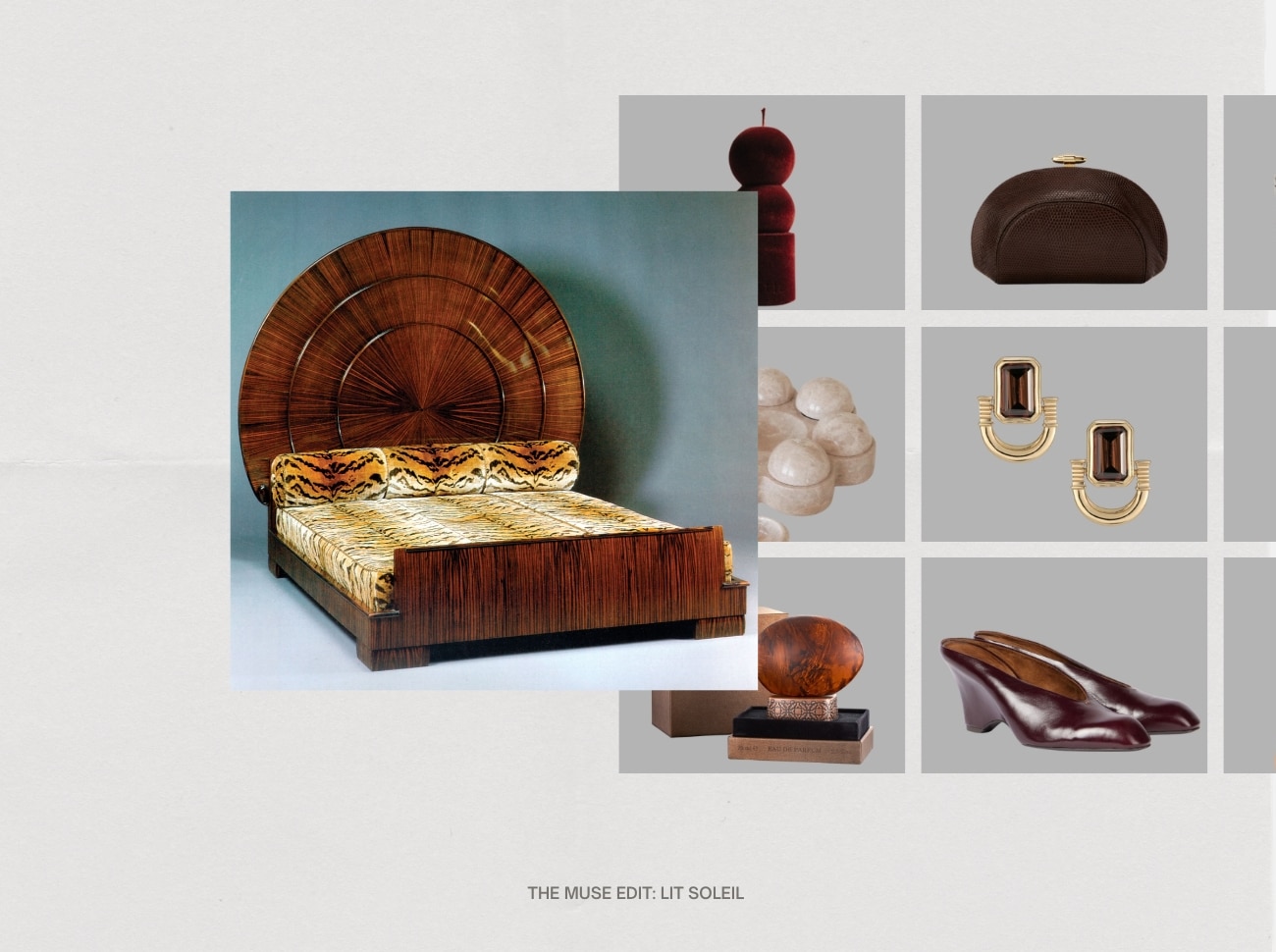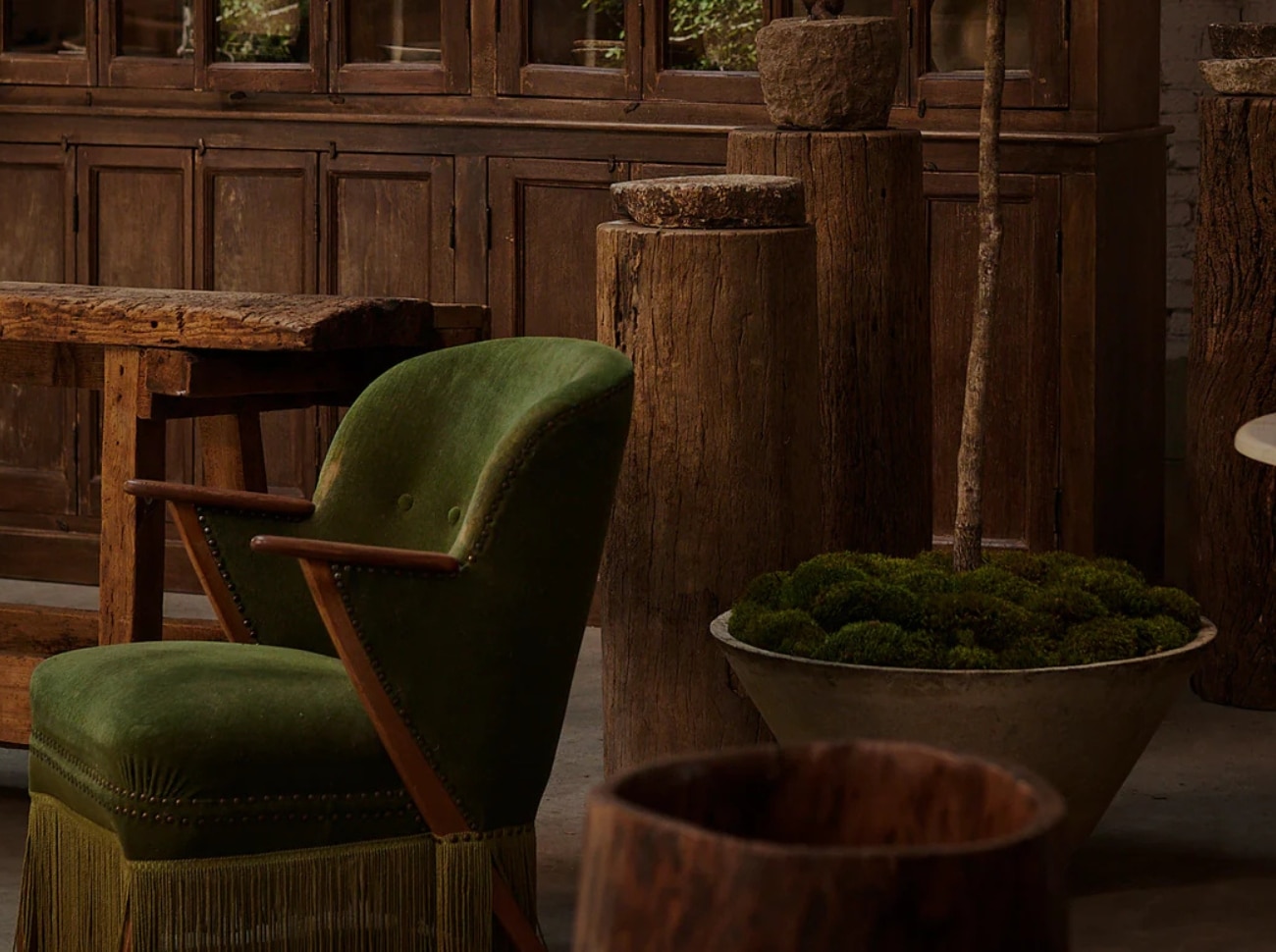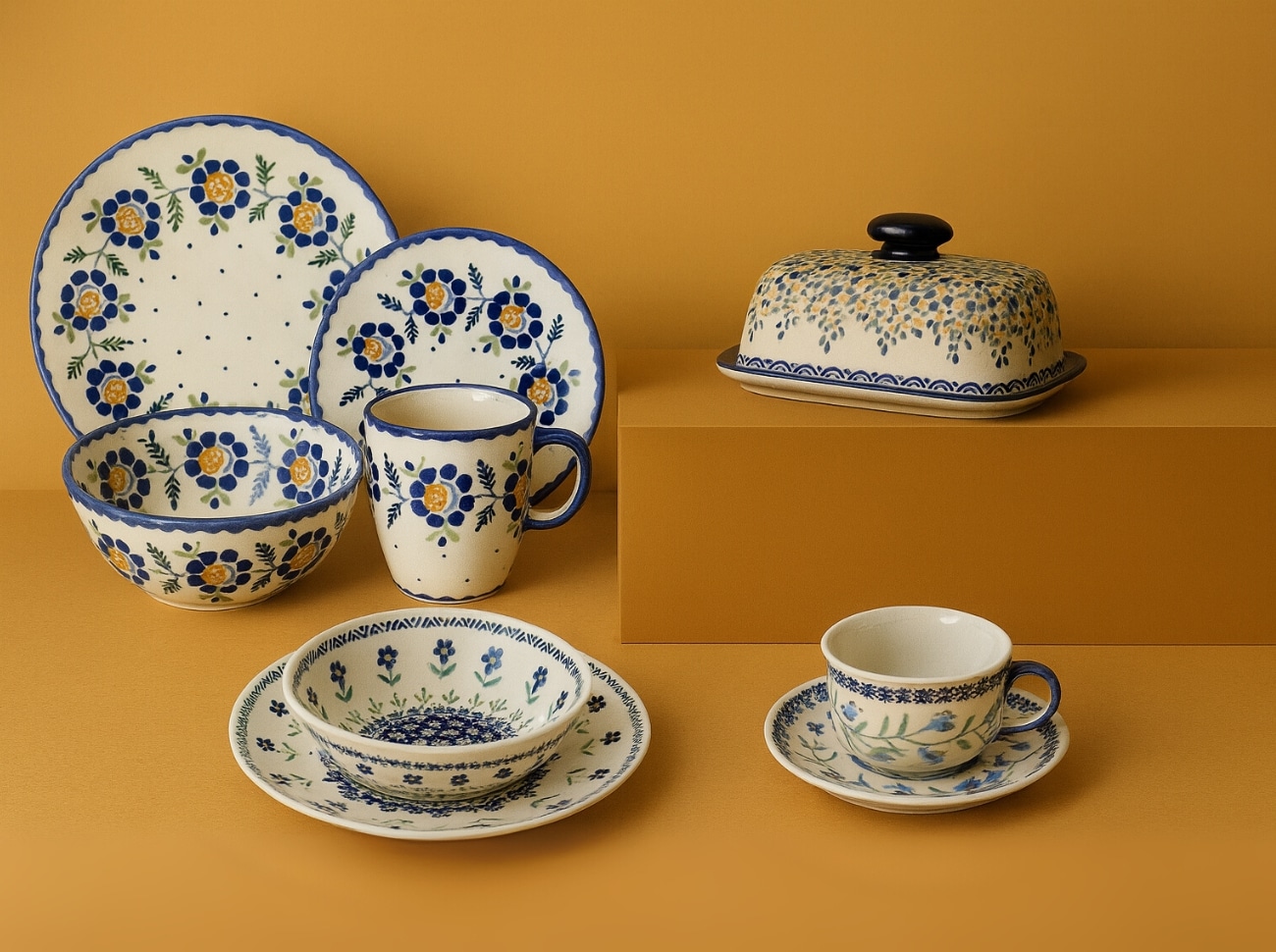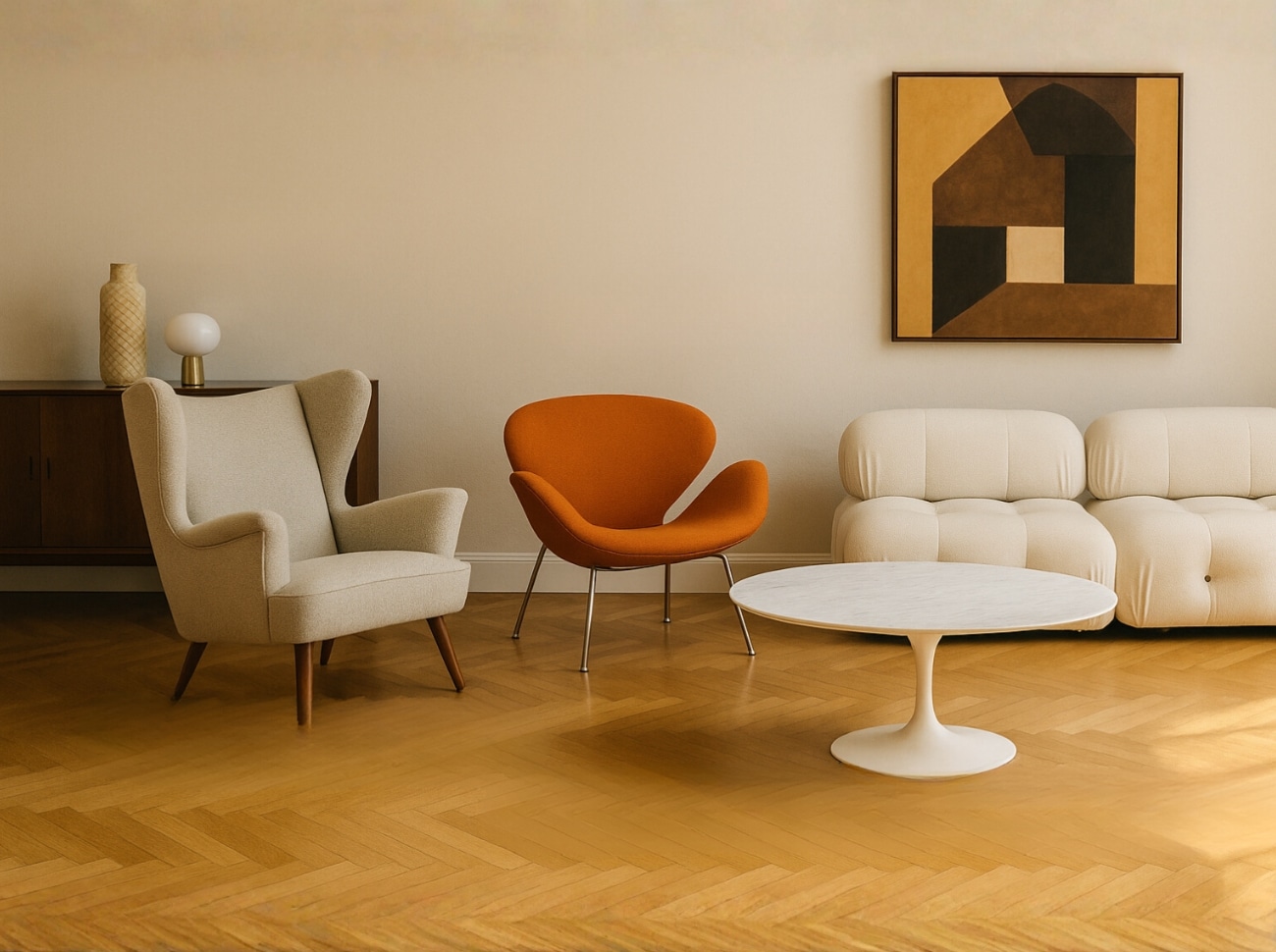
The Art of Living: The Furniture Pieces That Appreciate Like Fine Art
A collector’s shortlist of heirloom designs built to outlast the market.
There’s a quiet revolution happening in the living rooms of the discerning. Beneath the cashmere throws and curated book stacks lies something far more enduring: value. In an era where luxury is increasingly measured not just by price but by permanence, these design connoisseurs are curating their interiors not just for style, but for legacy — choosing pieces that hold their value and often, quietly appreciate. While fast furniture populates the masses, the true aesthetes are investing in pieces that outlive trend cycles and, often, their owners. Welcome to the world of investable decor: furniture, lighting, and objets d’art that straddle the line between functional and collectible. Think: a vintage Gio Ponti cabinet, a sculptural Pierre Paulin lounge chair, or a Noguchi lamp passed down like a family heirloom.
From Living Room to Long-Term Asset
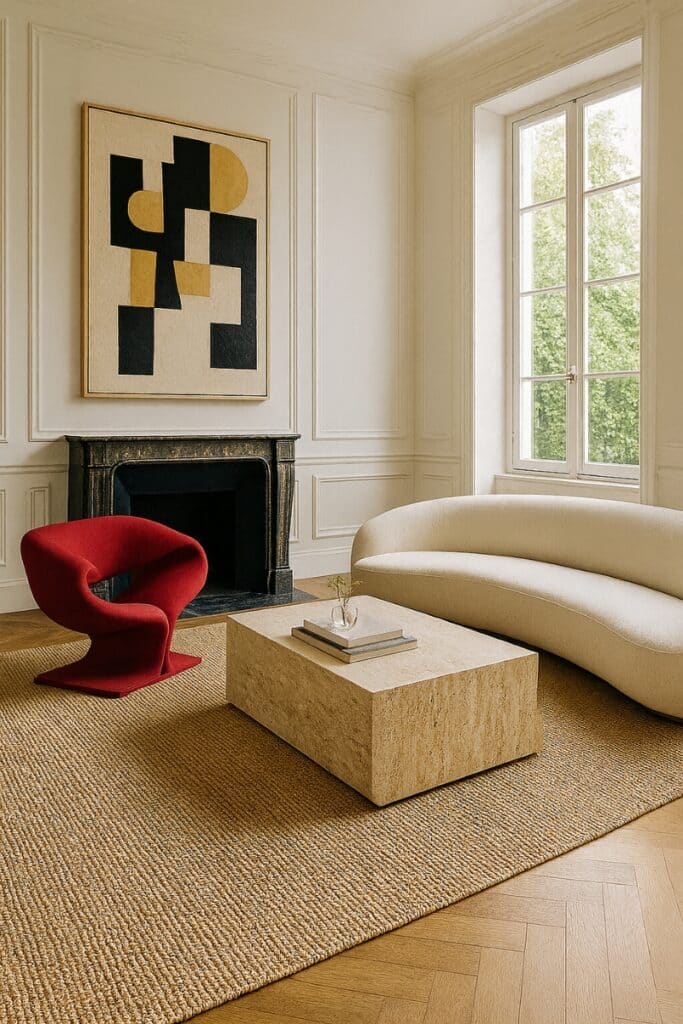
While fine art has long been seen as an investment class, high-end decor is following suit. Auction houses have taken note, steadily moving design into the same rarefied lanes once reserved for post-war art and vintage cars. According to Phillips and Christie’s, prices for 20th-century design have outpaced expectations, with works by Gio Ponti, Jean Royère, and Eileen Gray routinely fetching six-figure sums. At recent design auctions, 20th-century furniture has received serious bids, such as a Jean Royère “Ours Polaire” sofa fetching over $700,000 at Christie’s, and a bid for a Charlotte Perriand bookshelf surpassed six figures.
Why the shift? Simply put: scarcity, heritage, and narrative. Collectors are seeking pieces with a provenance and point of view — a story to tell beyond the showroom. We’re seeing a return to patronage — the idea that collecting design is a form of cultural stewardship. That a chair should be as considered as a painting, and that good taste may very well be the new portfolio strategy.
“Collectors are looking for pieces with provenance and point of view, a story to tell beyond the showroom.”
The Names to Know
If you’re looking to start or deepen your design investment journey, these are the designers who not only define great taste but also tend to hold and grow in value.
Gio Ponti (1891–1979)
The architect of modern Italian elegance. Ponti was a true polymath — an industrial designer, ceramicist, and founder of Domus magazine. His Superleggera chair (yes, the impossibly light one) is still a masterclass in restraint. But the real collectors’ pieces? His mid-century cabinets, desks, and lighting, particularly from his collaborations with Cassina and Fontana Arte.
MARKET INSIGHT: A Ponti sideboard can range from $20,000 to over $150,000, depending on provenance. Pieces designed for the Parco dei Principi Hotel or Villa Planchart command a premium due to their rarity.
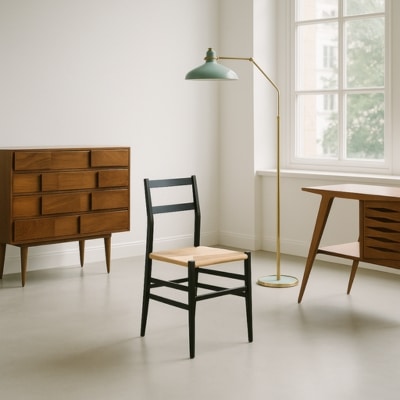
Pierre Paulin (1927–2009)
If you’ve ever sunk into a low-slung chair and thought, this is what cloud nine must feel like, you probably have Paulin to thank. His designs — the Pacha, Mushroom, and Ribbon chairs — brought a new sensuality to modernism. But beneath the organic forms lies serious engineering. His furniture doesn’t just seduce; it endures.
MARKET INSIGHT: Original 1960s Paulin pieces (particularly from his Artifort years) can fetch $30,000–$80,000. Ligne Roset’s recent reissues have reignited interest, making vintage models even more desirable.
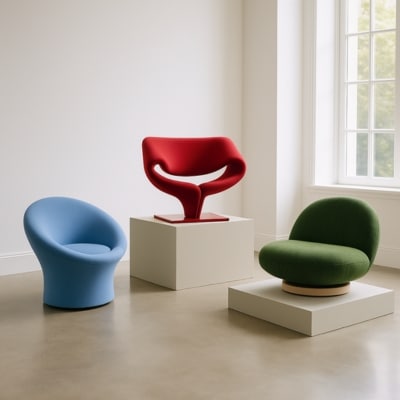
Eileen Gray (1878–1976)
Often overshadowed in her time (read: female, independent, and too avant-garde for the 1920s boys’ club), Gray’s work is finally getting its due. Her E-1027 side table is a cult classic, but deeper collectors are chasing rarer pieces — lacquer screens, tubular steel daybeds, and her early collaborations with Jean Badovici.
MARKET INSIGHT: Rare original works have sold for over $1 million. Even licensed reissues from ClassiCon have appreciated in value.
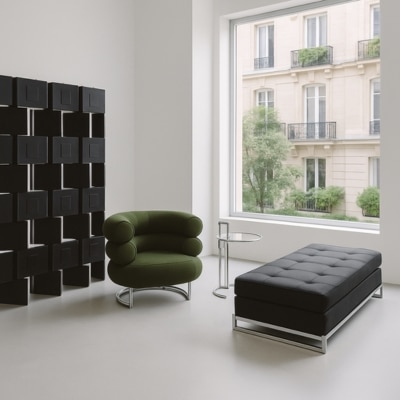
Jean-Michel Frank (1895–1941)
The minimalist before minimalism had a name. Frank’s interiors for the Rockefellers and the de Noailles were hushed, tonal masterclasses in understatement. He’s credited with elevating humble materials — parchment, shagreen, straw marquetry — to couture status.
MARKET INSIGHT: His parchment-wrapped pieces are especially prized. Originals are museum-level and rarely come to market, but when they do, prices can exceed $500,000.
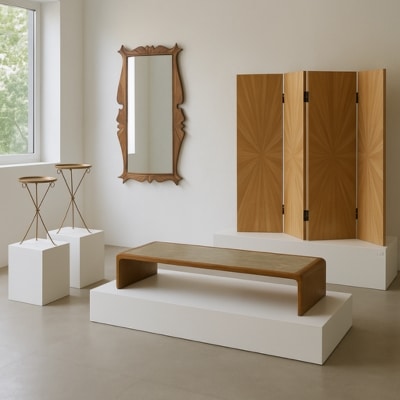
Charlotte Perriand (1903–1999)
While Le Corbusier may have gotten the headlines, Perriand was the brain behind much of the form and function. Her modular bookcases, low-slung chaise lounges, and aluminum-and-wood combinations are now coveted by both design historians and hedge funders alike.
MARKET INSIGHT: Perriand’s pieces, especially from the Les Arcs resort commission, have skyrocketed in value. Expect to pay upwards of $100,000 for rare works.
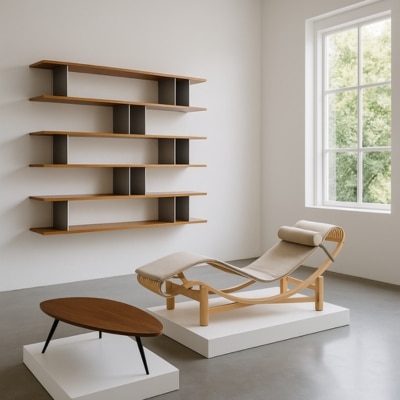
Where to Source
Today’s collectors often look beyond traditional galleries. Online marketplaces like 1stDibs, The Invisible Collection, and Chairish offer vetted inventory from respected dealers. For vintage gems, auctions by Sotheby’s, Christie’s, and Wright remain the gold standard.
The New Luxury is Legacy
In a culture obsessed with the new, investable decor offers something far rarer: continuity. These pieces aren’t loud. They don’t beg for attention. But they quietly insist on your respect — and that of future generations.
Because what’s more luxurious than a home filled with furniture that outlasts trends, algorithms, and even your stock portfolio?



